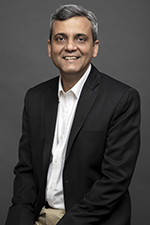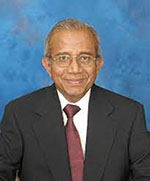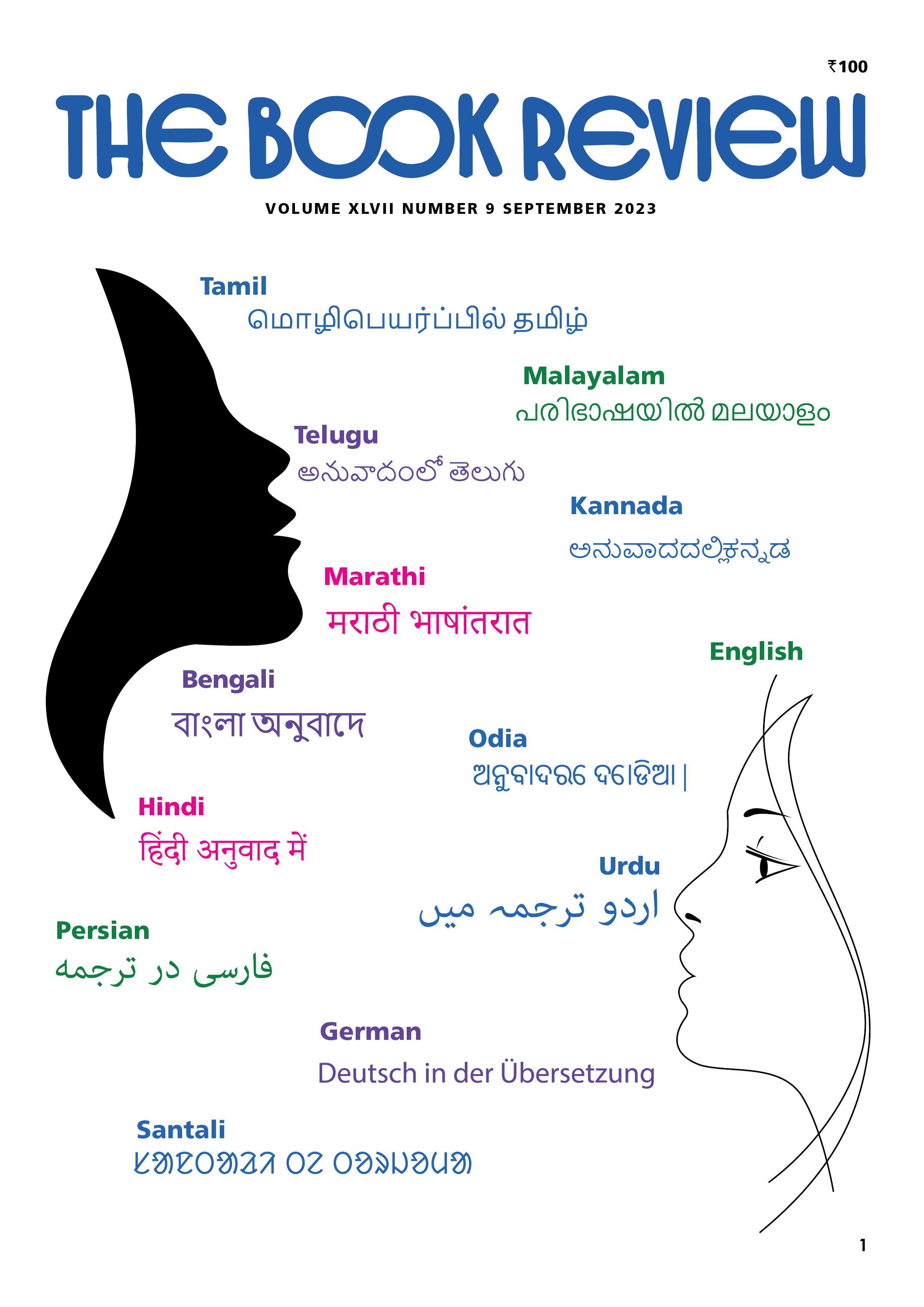Editorial
The range of books on music reviewed brings into question the category of music itself, for it is difficult to define music in singular ways. Grappling the plurality of music has generated a range of approaches. The hermetic field of musicology has had to shed its exclusivity. Gone are the days when it was thought that the proper study of music and music criticism should address classical music only.
Apart from the vocation of (formal and informal) teaching to which she remained devoted her entire life, Sadhana Bhattacharyya cultivated, not always without the usual familial and related difficulties though, her keen interest in art and culture, literature and most importantly, music. In this, she had her husband’s support who was equally invested in reading, writing, calligraphy, painting, sculpture and music. Music, in particular, meant the world to both. While she was not trained formally in it, her husband was (in Indian classical music).
In the interconnected web of global politics, the dynamics of International Relations wield significant influence in shaping the trajectory of nations and regions. However, in today’s global landscape, disorder prevails as established rules and norms of International Relations are frequently disregarded.
Many in India and worldwide make the language itself an object of study. Linguists study its grammar and syntax within the context of historical linguistics. Indeed, linguistics as a discipline owes its origin to the European discovery of Sanskrit in the 18th century and its family relationship to most European languages. Some study it for its beauty, its aesthetic qualities. Sanskrit poetry and plays have been read and studied in the same way that we read the works of the English poet William Shakespeare, the French novelist Victor Hugo, or the German polymath Johann Wolfgang von Goethe. Yet, for many of us who are primarily historians, Sanskrit opens the door to messages from the distant past in the form of texts and inscriptions
The current issue has thrown up some amazing insights into the pulsating creativity in the Indian languages. Among the books reviewed, the works of some of the greats in Indian literature like UR Ananthamurthy, Imayam and CN Annadurai are interspersed with debut novelists, short story writers and poets. Volumes of short stories, poems, novels and plays are reviewed in these pages, and the canvas is truly a wide one.





